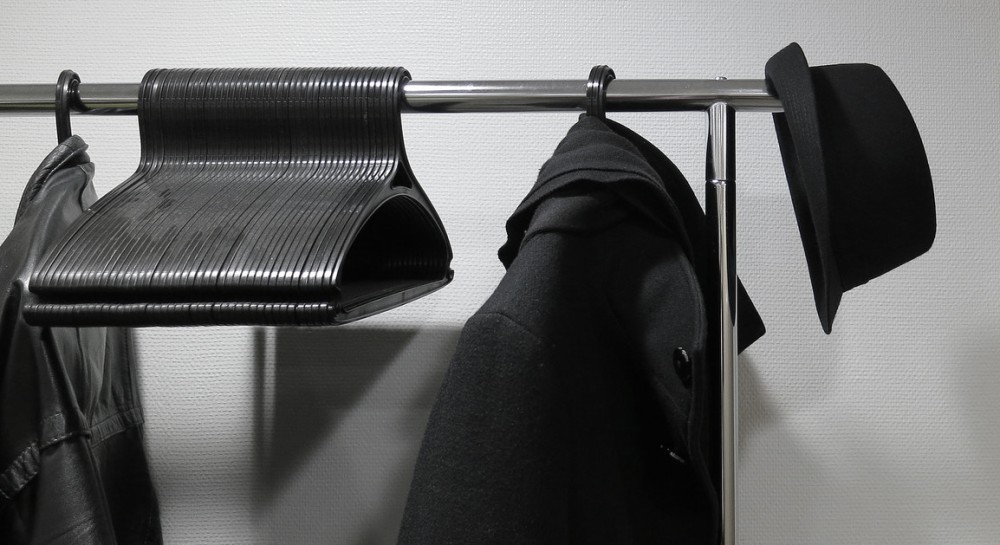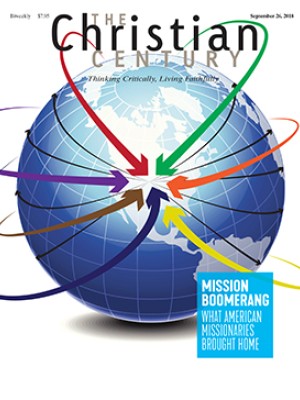There's a better way than give and take
What does it mean to own something, like a winter coat?
My uncle Mike was attending a conference in downtown Minneapolis some years ago when his coat disappeared. The clerk at the front desk of the hotel had told Mike that he couldn’t check in early because the room wasn’t ready yet, but he could check his suitcase with the concierge. There was no coat check, but the concierge said, “You can just hang it on the rack over there.” Mike reluctantly did so and went for a walk.
Two hours later, back to check in, the coat was gone. Stolen. Reported. Nothing found. The next morning he went shopping for a sweater to add some warmth under his suit jacket. On the way to stores along the Nicollet Mall, he spotted a man sitting on a bench heckling pedestrians. When the man stood up, Mike noticed he was wearing an overcoat just like his own, though clearly too big for him.
Read our latest issue or browse back issues.
“I had a coat like that, but it was stolen yesterday,” Mike said to the stranger. The man asked where, and Mike told him the hotel’s name. “This is it,” the man said, removing it on the spot and handing it over. He apologized for stealing it, said he had been cold, knew he shouldn’t have done it, had a bad conscience about it, and apologized profusely for soiling the coat. Mike gave him five bucks, took the coat, and walked away.
After wearing the coat for several blocks Mike discovered it was a London Fog, not the Marshall Fields brand coat that was his. The coat was dirtier than the one he’d had, but it fit better. Mike ended up wearing the overcoat the rest of the day, and he brought it home. But he remained dogged by two questions: “Is there any possible goodness in keeping a coat that belongs to someone else?” And, “If I don’t know who that someone else is, how should I return what isn’t mine?”
Maybe the man on the street had another (stolen?) coat in his possession and was following John the Baptist’s advice on repentant living: “Whoever has two coats must share with anyone who has none.” Perhaps Mike’s self-examination was his own ethical tug-of-war with the challenge of understanding any object as being mine. If he’d read C. S. Lewis’s satiric Screwtape Letters, he would have known that the demon Screwtape liked to remind his protégé Wormwood that, in the business of leading souls to hell, “the sense of ownership is always to be encouraged.”
Rwandan genocide survivor Clemantine Wamariya, in her gripping and superbly written new memoir, The Girl Who Smiled Beads, learned from her mother a coherent philosophy for making life work: sharing. When slicing an orange to share, “we were never to think, ‘This orange is mine. I’m giving you what’s mine.’ We were to think, ‘This orange is ours. We’re sharing what’s ours.’” In words reminiscent of the early church community that held all things in common, Wamariya describes the limits of a you give, I take and a you take, I give world. Both scenarios establish hierarchy and instill entitlement.
My uncle and the stranger on the street may both have sensed that in a world where people either prize ownership or are scared of having too little, there is a better way. Sharing is the path between the fear of deprivation and the shame of undeserved privilege.
A version of this article appears in the print edition under the title “Mine or ours?”







